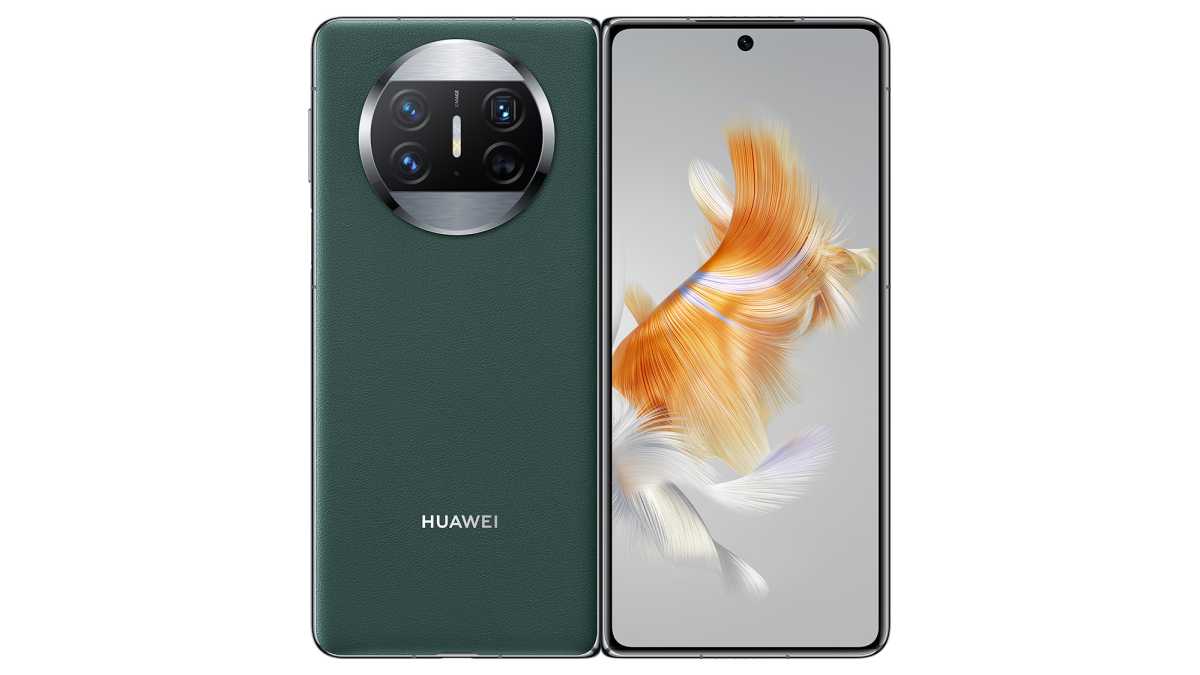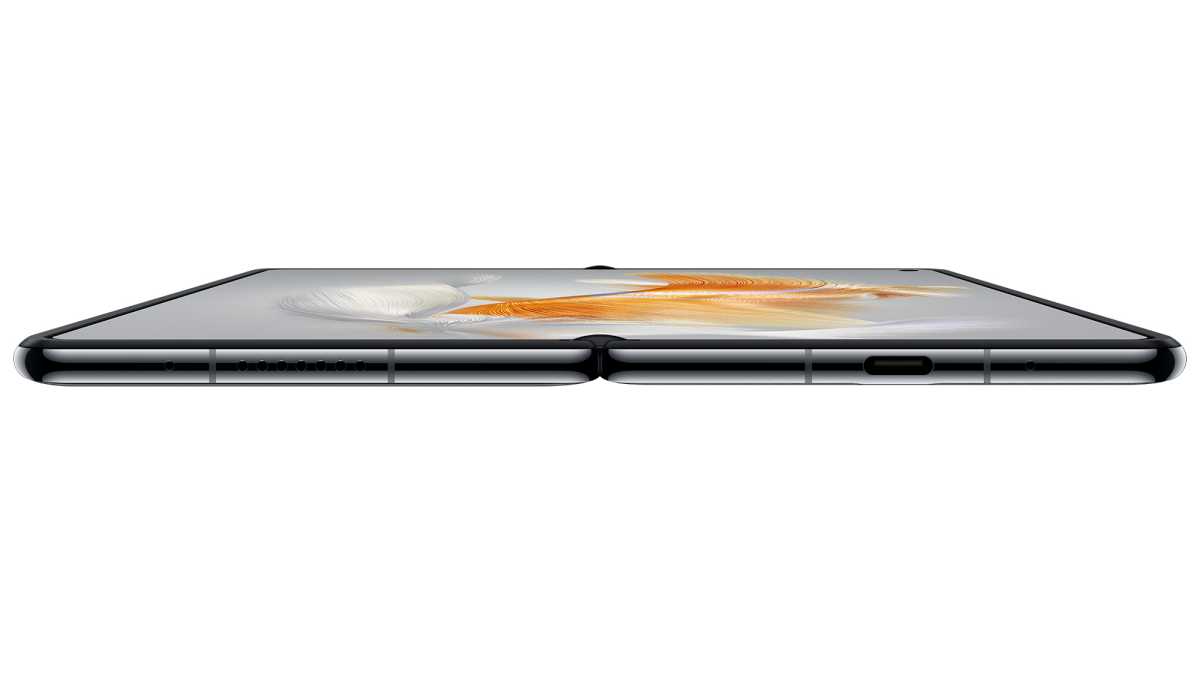A new foldable smartphone from Chinese giant Huawei has arrived in Europe, with the Mate X3 finally making its international debut.
Here’s everything you need to know about the Huawei Mate X3.
Where is the Huawei Mate X3 on sale?
The Mate X3 launched in China on 23 March, and its international launch followed at an event in Munich on 9 May alongside the P60 Pro.
The X3 is on sale in the UK and Europe now, and is available to order directly from Huawei.
As with all Huawei devices, we don’t expect to see it being made available in the US.
How much does the Mate X3 cost?
It won’t shock you to hear that the Mate X3 is expensive, and will set you back £1,999/€2,199.
The price is a little higher than the Mate Xs 2, another foldable but with an outward folding display, which cost £1,799/€1,999 when it launched last year.
It’s also higher than most of its direct competitors, even in China:
- Samsung Galaxy Z Fold 4 – $1,799/£1,649
- Honor Magic Vs – €1,599
- Xiaomi Mix Fold 2 – ¥8,999 (around $1,335/£1,090)
- Oppo Find N2 – ¥7,999 (around $1,150/£930)
- Vivo X Fold 2 – ¥8,999 (around $1,335/£1,090)
What about the Huawei Mate X3 specs and design?
The design itself is a pretty classic book-style foldable, but thinner and lighter than most. It’s just 5.3mm thick when unfolded, and weighs a mere 239g – both far ahead of Samsung. It also boasts the same IPX8 water-resistance rating as the Z Fold 4, so it’s durable too.
In China it comes in silver, gold, black, green, and purple options – though internationally you only get the choice between a black glass model, or a green version coated in vegan leather.

Huawei
Both displays are OLED panels with 120Hz refresh rates, with a 6.4in display on the outside and a 7.85in folding panel inside. This uses a near-square 8:7.1 aspect ratio, making this a phone built primarily for productivity.
The phone is powered by the Qualcomm Snapdragon 8+ Gen 1 chip, though due to Huawei’s ongoing dispute with the US government, the phone will only have 4G capabilities, like all its other new devices.
In China that’s supplemented by the inclusion of the two-way satellite communications the company debuted in the Mate 50 Pro – since seen in a similar form in the iPhone 14 series and Qualcomm’s Snapdragon Satellite – though sadly there’s no sign of that support internationally yet.

Huawei
Power comes from a sizeable 4800mAh battery, with 66W wired charging and 50W wireless charging when you need to top it up.
Of course the cameras are a highlight. There’s a triple rear camera, with a 50Mp, f/1.8 main camera flanked by a 13Mp ultrawide and 16Mp 5x telephoto. In addition, each screen packs an 8Mp selfie camera, primarily for video calls – as the foldable design means it’s easy to use the more powerful rear camera for selfie photos.
As for software, the phone runs the company’s HarmonyOS 3.1. This isn’t technically Android, and doesn’t include support for Google apps, though the look and feel will be familiar if you’ve used an older Huawei Android device.
For more alternatives, look at the best smartphones we currently recommend, as well as the best new phones coming in 2023.


